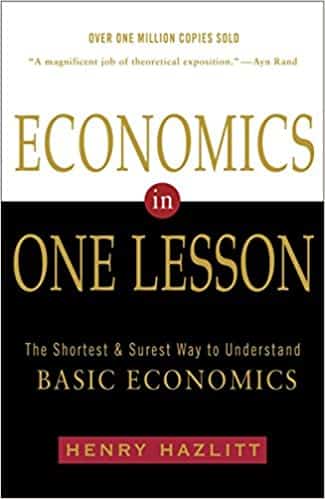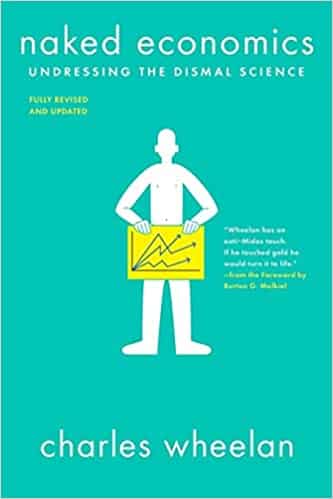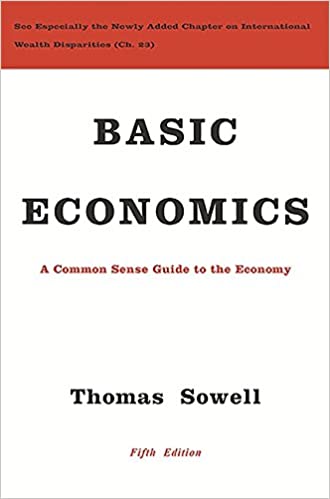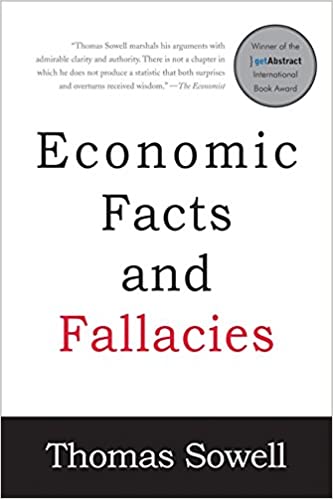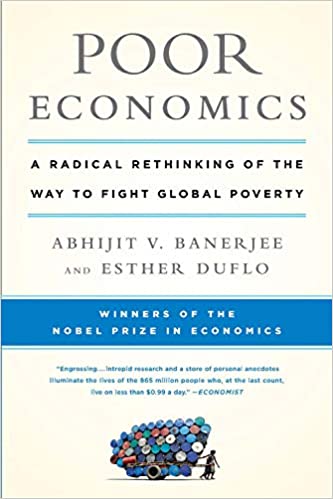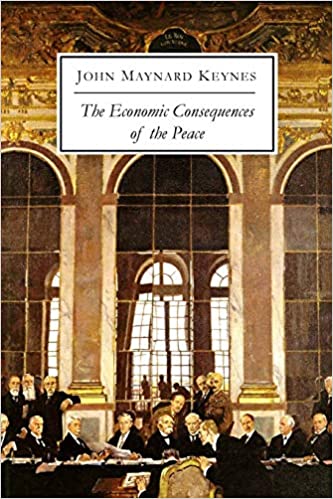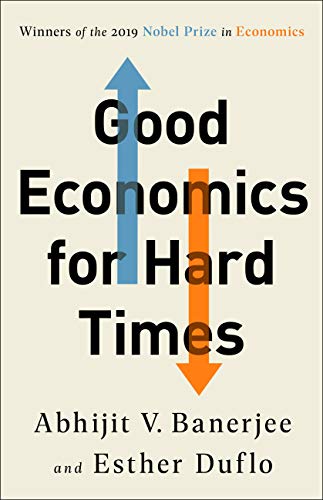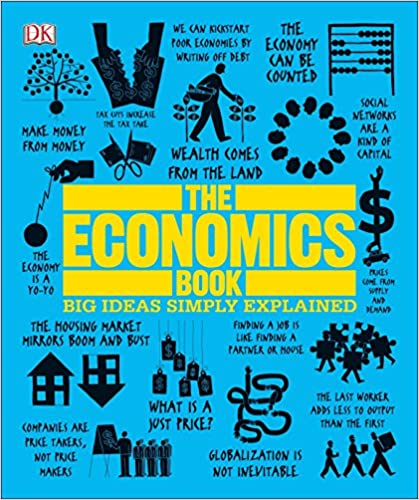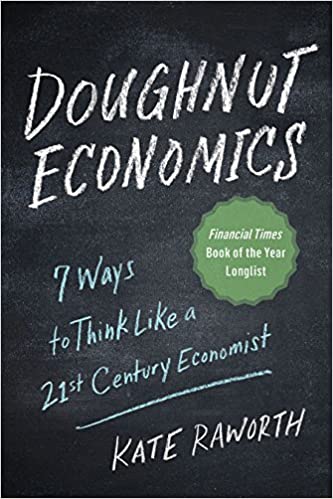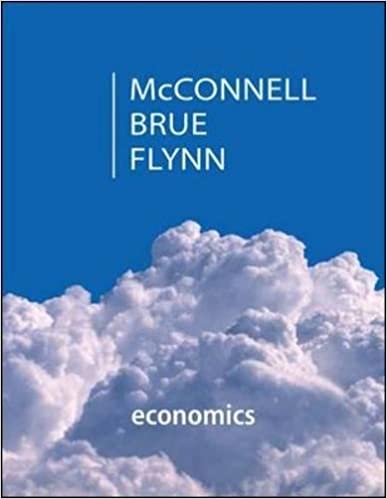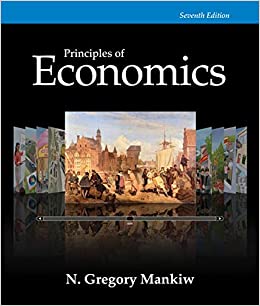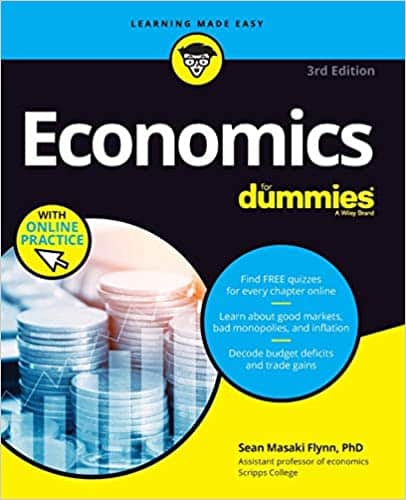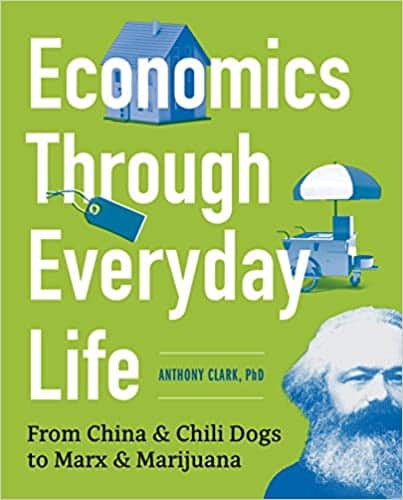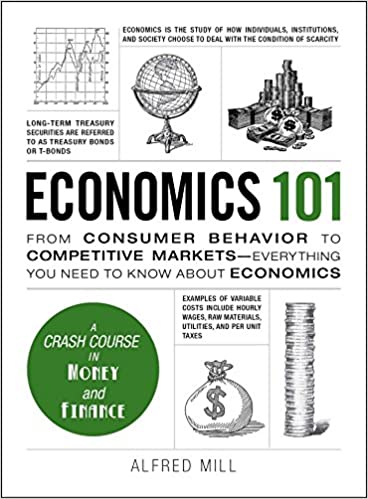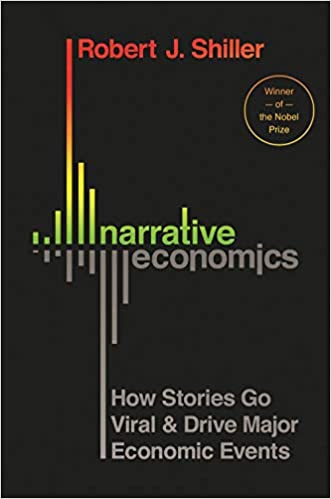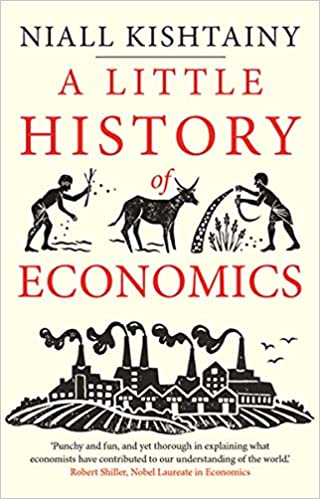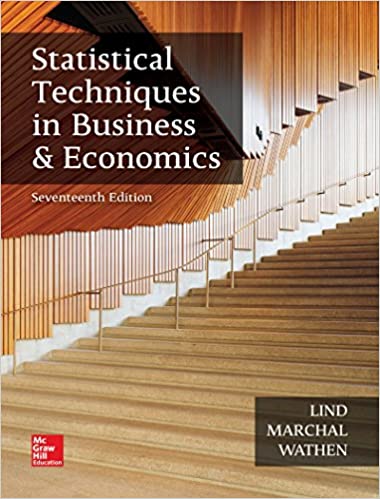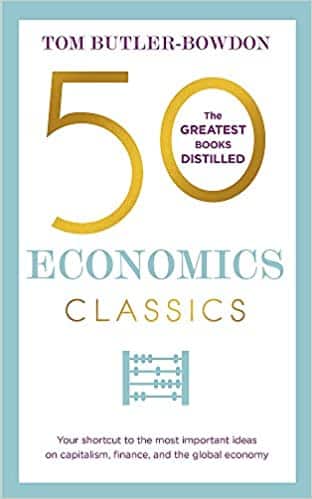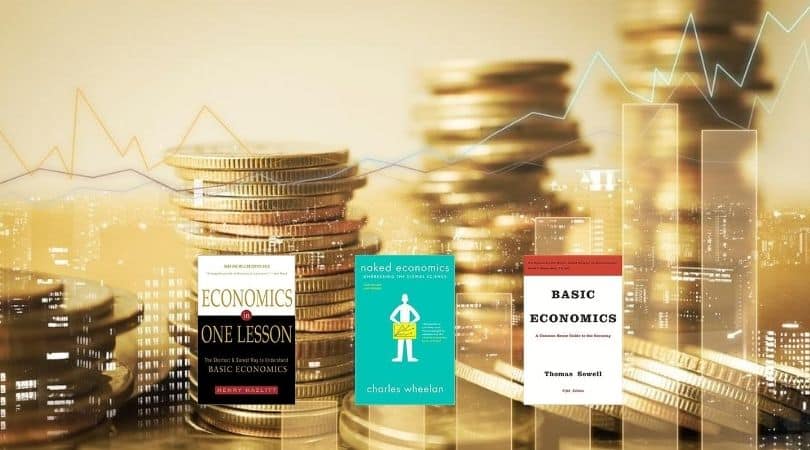
DISCLOSURE: This post may contain affiliate links, meaning when you click the links and make a purchase, I receive a commission. As an Amazon Associate I earn from qualifying purchases.
Economics are what make the world go round. Money is the most important item in the world. Every country’s government has to consider how changes will affect their economy. Most of what people do is for money. We work jobs. We go to school. We pay taxes. Everything is worth something. Yet, very few actually understand how economics works. There are so many layers when it comes to economics. Finances from over 100 years ago still affect the world today. Nearly every economics book includes a chapter on The Great Depression, an occurrence that happened over 75 years ago.
What are the Best Economics Books to read?






Economics are hard to understand, and even harder to care about. But everyone should try. There are plenty of books out there that include extensive research and examples on economics. There are books for people with zero knowledge of economics, and books for those who know everything about economics. The world can never learn too much. Here are 20 overviews on some of the world’s most popular economics’ books.
Best Economics Books: Our Top 20 Picks
Here are some of the best economics books that you can consider to expand your knowledge on the subject:
1. Economics in One Lesson: The Shortest and Surest Way to Understand Basic Economics
Economics in One Lesson by Henry Hazlitt is a short and simple Economics book. In this book, Hazlitt covers the essential lessons in economic theory. This book offers a glimpse into the economy, as well as a glimpse into the minds of politicians.
Economics in One Lesson was initially published in 1946. It underwent an update in 1988, and that is the copy that still stands today. This book helps readers understand economics better, and how they tie in to politics today. Hazlitt has a libertarian tone, which can result in a bias with readers. This book has inspired many other economics books since. This book is a little outdated, but it still serves as one of the first books on free market economics.
- Authors: Henry Hazlitt (Author)
- Publisher: Currency; paperback Edition (December 14, 1988)
- Pages: 218 pages
2. Naked Economics: Undressing the Dismal Science
Nudity and economics are two topics that don’t often mesh. Yet, it’s a way to draw readers in. Naked Economics: Undressing the Dismal Science by Charles Wheelan is an easy-to-follow book that “undresses” some of the most popular topics in economics. The book discusses income inequality, the Great Depression, debt in America, and many other beginner subjects in economics.
The book addresses commonly asked questions, too. This book is a newer edition and is very modern. It was published in 2019, so it’s up to date on the economics of today. The downfall to this book is that, while claiming to be non-political, it does have political leanings. Regardless, it provides quality information on economics that applies to the world today.
- Authors: Charles Wheelan (Author), Burton G. Malkiel (Foreword)
- Publisher: W. W. Norton & Company; 3rd Edition (January 1, 2019)
- Pages: 400 pages
3. Basic Economics
Economics is a difficult subject that is even harder to explain. Basic Economics by Thomas Sowell has reached its fifth edition. Economics is an ever changing concept, and thus Sowell keeps readers updated on it.
This book is easy to follow and straight to the point. It really is basic. Sowell includes examples of economics from all over the world, and from all walks of history. Sowell likes to keep his words simple. He wants everyone to understand what he is saying. People with no knowledge of economics can pick up this book and follow along perfectly. The end of the book has commonly asked questions about economics, and answers to them. This book teaches economics well. This is a great study tool for students studying economics.
- Authors: Thomas Sowell (Author)
- Publisher: Basic Books; 5th Edition (December 2, 2014)
- Pages: 704 pages
4. Economic Facts and Fallacies, 2nd edition
Economic Facts and Fallacies by Thomas Sowell isn’t afraid to criticize economic myths. Readers need no prior knowledge of economics to read this book. The book explores economic lies told in the media, through politicians, and other places. It also includes facts on economics that readers may otherwise not know. The book, at times, can seem biased. This does affect Sowell’s credibility in ways.
However, the book includes many theories that provide examples. This book is a great example of how to show instead of tell. This book is a short read, and includes many in depth thoughts. It helps clear the air of economic nonsense. He explains how some economic fallacies have come to be, and why they have some truth to them. This book is an easy read. People with all walks of economic knowledge can read, enjoy, and understand Economic Facts and Fallacies.
- Authors: Thomas Sowell (Author)
- Publisher: Basic Books; 2nd Edition (March 22, 2011)
- Pages: 304 pages
5. Poor Economics: A Radical Rethinking of the Way to Fight Global Poverty
Poor Economics by Abhijit V. Banerjee and Esther Duflo focuses on researching the poor, and discovering how to fix the issues that accompany low income. The book discusses social injustices and how the world can end world poverty.
The book does a great job of maintaining an impartial point of view. There are no biases within Poor Economics. The book is well-researched, and includes every perspective. This book does a great job of tackling economics from one specific angle: poverty. This book analyzes price increases over the years, and how they affect the poor. This book has a unique take on economics, and is one that stands out among others.
- Authors: Abhijit V. Banerjee (Author), Esther Duflo (Author)
- Publisher: PublicAffairs; Illustrated Edition (March 27, 2012)
- Pages: 320 pages
6. The Economic Consequences of the Peace
The Economic Consequences of the Peace by John Maynard Keynes explores how economics affected pre-1923 life and war. The book warns that because it is recounting history, it may have some errors.
This book is a great example of how wealth and money are prevalent and how the world functions. Money is the root of good, as well as evil. It both fixes and creates problems. This book has lots of interesting perspectives. Readers will get both a lesson in history and economics with this book. This is a short, easy read. The book is only 188 pages and contains lots of important, fascinating information.
- Authors: John Maynard Keynes (Author)
- Publisher: Olive Garden Books; 7/28/13 Edition (August 27, 2013)
- Pages: 142 pages
7. Good Economics for Hard Times
It is no secret that economics can cause a world of problems. Money, if used incorrectly, can lead to many underlying problems. Good Economics for Hard Times by Abhijit V. Banerjee and Esther Duflo helps readers maintain a better understanding of economics and how it affects the world.
This book includes information on economics from New Delhi to DC. The book explains how the resources to understand economics are accessible, but what the world lacks is the means to fix them. There are too many disagreements to come to a conclusion. Banerjee and Duflo do a great job of explaining just how complex and important the topic of economics is. This book is great for beginner and advanced economists alike.
- Authors: Abhijit V. Banerjee (Author), Esther Duflo (Author)
- Publisher: PublicAffairs (November 12, 2019)
- Pages: 417 pages
8. The Economics Book: Big Ideas Simply Explained
The Economics Book: Big Ideas Simply Explained by DK publishing is a unique economics book that is full of illustrations and exciting theories. The book is divided into its own sections with titles like, “Money Causes Inflation,” “Let Firms be Traded,” “Wealth Comes from the Land,” and more. The book includes charts, graphs, and explanations to help readers understand. This book is jam packed with interesting ideas related to the world of economics.
This book is best for those who at least have a small understanding of economics. Beginners in this subject may be confused and misled in the topic. Overall, this book contains lots of great examples and theories regarding economics that explain why they are important. It’s lots of fun, and exciting for any economist who gives it a try.
- Authors: DK (Author)
- Publisher: DK; Reprint Edition (February 6, 2018)
- Pages: 352 pages
9. Doughnut Economics: Seven Ways to Think Like a 21st-Century Economist
Doughnut Economics by Kate Raworth explains the seven reasons why everyday economics aren’t to be trusted, and how everyone can become their economist. The book has many visual examples that are easy to follow, and make the reading clearer. One of these images is that of the doughnut.
Raworth explains her donut theory as a means to living. The world needs to work to keep the doughnut balanced. Everyone needs their individual essentials in life, like: food, healthcare, freedom, etc. Then there are things that the world needs together, like a stable environment. These work together to create a donut. The concept is strong and interesting, but not easy to explain in a short review. This book is masterfully written to help everyone understand economics through something they all love: doughnuts.
- Authors: Kate Raworth (Author)
- Publisher: Chelsea Green Publishing; Illustrated Edition (March 29, 2018)
- Pages: 320 pages
10. Economics: Principles, Problems, & Policies (McGraw-Hill Series in Economics) – Standalone book
Economics: Principles, Problems, and Policies by Campbell R. McConnell, Sean M. Flynn and Stanley L. Brue covers all the basics of economics. The book is on its 20th edition, so it has undergone all the trials and tribulations on deciphering the best economic information.
The book is full on the basics of economics. It is a textbook, so it can be dull at times, but it provides lots of great information on economics. This book is important to study when taking an economics class. It can be used as the textbook for class, or it can be used as a way to gain more information on economics. The book lacks a personal component, but it has many great examples for understanding the information.
- Authors: Campbell R. McConnell (Author), Stanley L. Brue (Author), Sean Masaki Flynn Dr. (Author)
- Publisher: McGraw-Hill Education; 20th Edition (January 13, 2014)
- Pages: 996 pages
11. Principles of Economics, 7th Edition
Principles of Economics by N. Gregory Mankiv has been around for a long time. This economics is now on its seventh edition. This comes as no surprise considering the success it has had. Principles of Economics is one of the most popular economics textbooks that are used today.
The book introduces readers to the world of economics without getting too deep, or being too technical. It is a great introductory book that is fairly straight-forward. It also includes articles from well-known publications like New York Times, Wall Street Journal, and the Economist. It reads more like a helpful guide than a textbook. It has many examples, and a static, neutral tone. This is a common economics book for beginners. Make sure to stay updated with its new editions.
- Authors: N. Gregory Mankiw (Author)
- Publisher: Cengage Learning; 7th Edition (January 1, 2014)
- Pages: 880 pages
12. Economics For Dummies, 3rd Edition
Economics for Dummies by Sean Masaki Flynn is a basic book that helps beginner economists understand the subject. The book is so straight-forward, “dummies” could read it. This book packs a lot of information into less than 400 pages.
The book explains how economics affects daily tasks. It explains everything from life on Wall Street, to how economics affects the individual. Flynn explains economics in the white house, and everywhere else economics might be used. This book is simple enough for everyone to understand. It includes visuals, examples, and relates the subject to occurences everyone has. Economics are rapidly changing. This book helps readers keep up with the basics.
- Authors: Sean Masaki Flynn (Author)
- Publisher: For Dummies; 3rd Edition (May 8, 2018)
- Pages: 432 pages
13. Economics Through Everyday Life: From China and Chili Dogs to Marx and Marijuana
One common theme in economics books is how it can be used in everyday life. This theme is prevalent in Economics Through Everyday Life by Anthony Clark. Clark discusses how economics are recognized in all parts of like, like through “China and Chili Dogs to Marx and Marijuana.”
This is an interesting read. It is great for beginners because it is both informative and eye-opening. It has information on the Great Depression, Wall Street, and the Social Security Program. It has key concepts and examples that will help anyone understand economics. The book includes lots of information on American economics. It doesn’t have a wide grasp on the world’s economics, but it’s a good start.
- Authors: Anthony Clark (Author)
- Publisher: Zephyros Press (June 21, 2016)
- Pages: 208 pages
14. Economics 101: From Consumer Behavior to Competitive Markets–Everything You Need to Know About Economics (Adams 101)
When a book has “101” in its title, it is easy to assume it’s going to be a simple read for beginners. This is certainly the case for Economics 101 by Alfred Mill. Mill works as an Economics Professor, but he spares his readers from receiving lectures in his books. The book is full of interesting economics concepts, instead of boring facts.
This book is a great read for those who are currently taking an economics class. It simplifies the core of economics. This book is certainly great for beginners, but no for anyone else. This is basic knowledge current economists should already know. However, this book is a guaranteed study tool and is sure to help anyone get started in economics.
- Authors: Alfred Mill (Author)
- Publisher: Adams Media (January 2, 2016)
- Pages: 288 pages
15. Narrative Economics: How Stories Go Viral and Drive Major Economic Events
How viewers perceive news is often through the media. The media shapes how the world perceives things. They are in control. What news channel one watches can easily shape their opinions. This is no different with economics.
Narrative Economics: How Stories Go Viral and Drive Major Economic Events by Robert J. Shiller explores the effect news stories have on economic events. Shiller believes that by studying stories of the past, economists can accurately predict the financial future. Stories and ideas can change the way people think, and set an idea in motion. This is an interesting concept and one that is not often addressed in economic books. This is an interesting read. It’s simple, straight-forward, and a fun read.
- Authors: Robert J. Shiller (Author)
- Publisher: Princeton University Press; Illustrated Edition (October 1, 2019)
- Pages: 400 pages
16. A Little History of Economics (Little Histories)
History and economics are not the most enticing subjects in school. They can often be dull and boring. A Little History of Economics tries to make both subjects exciting and interesting. This book surprisingly contains lots of humor that makes the pages pass quickly. This is the ideal economic book for beginners and young readers. It is uncomplicated and easy to understand.
More advanced readers will be turned away by its simple explanations and examples, but new economists and readers will love it. The chapters are short. They are centered around big ideas. This book has a fairly modern take on both economics and history. Many important economists of the past are included in this book. This helps readers understand big ideas, and important events.
- Authors: Niall Kishtainy (Author)
- Publisher: Yale University Press; Reprint Edition (February 27, 2018)
- Pages: 256 pages
17. Statistical Techniques in Business and Economics
Statistical Techniques in Business and Economics by Douglas A. Lind, William G. Marchel, and Samuel A. Wathen provides some excellent techniques for both business and economics. The book does exactly what the title says. The concepts in this book are clear and succinct. Through this book, economists can acquire new statistical techniques that will benefit through job and research.
This book is most beneficial to readers who are already in the fields of either business, economics, or both. This is the 17th edition of the book, so it has undergone many trials to reach where it is now. This book has lots of great information on economics. It is a great study and work tool.
- Authors: Douglas Lind (Author), William Marchal (Author), Samuel Wathen (Author)
- Publisher: McGraw-Hill Education; 17th Edition (February 22, 2017)
- Pages: 896 pages
18. Introduction to Modern Economic Growth
Intro to Modern Economic Growth Daron Acemoglu is a more advanced book that explores economics, and how they are constantly growing. The book helps readers identify tools to analyze the growth of economics. He discusses the mathematical basics of economics, and how they affect modern growth theory. Acemoglu includes many examples and experiences about economics in this text. It is a difficult read, but advanced economists will benefit from it.
The book has unique insights that are not often discussed in other economics books. This book is very popular among grad students studying economics. It helps identify how to use economics to solve problems.
- Authors: Daron Acemoglu (Author)
- Publisher: Princeton University Press (January 4, 2009)
- Pages: 1008 pages
19. Economics Today: The Macro View (19th Edition) (Pearson Series in Economics)
Economics Today: The Macro View by Roger Leroy Miller is yet another great textbook for undergraduate economics classes. It provides a modern understanding of economics. It specifically discusses how economics affects the world today. Miller explains how to look at economics through a large point of view. Everything is affected by economics. It creates a chain reaction. The price of one thing affects another. Economics cannot be viewed through a micro lense.
This book is straight-forward and provides lots of interesting examples. This book covers the basics and helps readers gain a deeper understanding of economics. This book has 20 editions, so it is very up to date. Miller is also updating this book, and making sure it has the best information.
- Authors: Roger LeRoy Miller (Author)
- Publisher: Pearson; 19th Edition (January 15, 2017)
- Pages: 512 pages
20. 50 Economics Classics: Your shortcut to the most important ideas on capitalism, finance, and the global economy (50 Classics)
The Book 50 Economic Classics by Tom Butler Bowden is less of a book about economics, and more of a book about the best books of economics. The book is essentially 50 reviews of economics books. Butler Bowden shares 50 economic classics and how they relate to economics. He explains the importance of two centuries worth of economic texts. He describes this text as “your shortcut to the most important ideas on capitalism, finance, and the global economy.”
This book is helpful, but and up to date. It was published. Economic books published in the last three years are not included, but everything else is fair game. This text is good for deciphering what economic book will best suit the reader’s needs.
- Authors: Tom Butler-Bowdon (Author)
- Publisher: Nicholas Brealey (May 30, 2017)
- Pages: 386 pages
Choosing the Best Economics Books
Economics clearly have a huge impact on our world. They had an impact on our past, they have an impact on our present, and they will have an impact on our future. Money, as meaningless as it seems, controls our world. Until that changes, economics will be one of the most important subjects in the world. These books will continue to update and change with the world’s economics.
